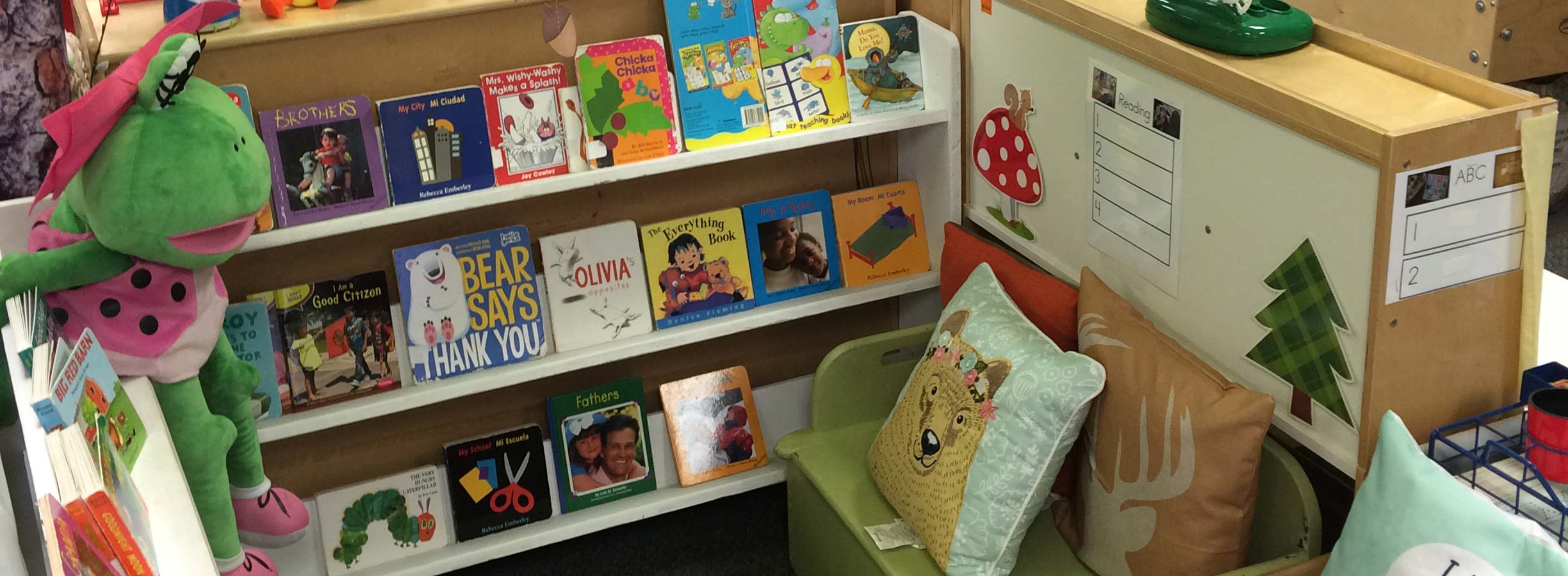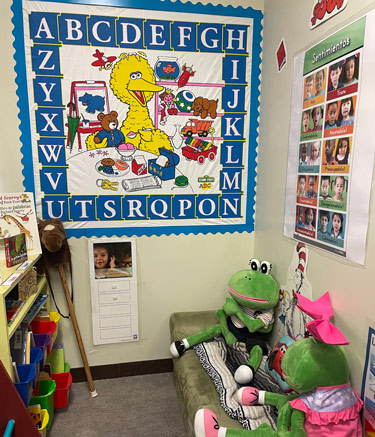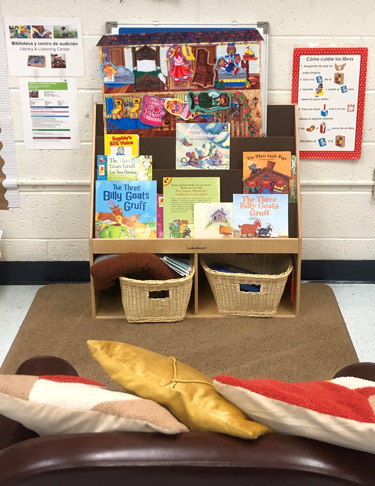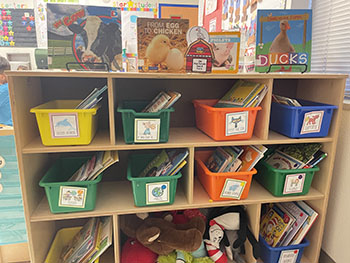Physical Arrangement in the Kindergarten Classroom
The physical arrangement of the kindergarten classroom is a vital component for achieving a successful learning environment for young children.
Developmentally appropriate programs provide opportunities for children to broaden and deepen their knowledge through interaction with the environment by engaging in play-based experiences while using a variety of different materials and tools that are conducive to successful learning.
The difference between a chaotic classroom and an orderly classroom is based in great part on how the teacher prepares the environment. Successful teachers know that the arrangement and management of the early childhood classroom have direct effects on classroom behaviors children exhibit as they live and work together in the environment with their peers (Hemmeter, Ostrosky, and Corso 2012).
Factors to Consider
Teachers must consider several factors and components of the physical space when setting up an effective Kindergarten classroom:
- Safety: Ensuring the environment is set up with the children’s health and safety in mind is a top priority. This should include accessibility for students who require physical accommodations, small and cozy spaces for quiet time, and teacher materials always locked away from children.
- Traffic patterns: Furniture, learning centers, and stations should be arranged in a coordinated fashion and placed based on logical location (e.g., quiet away from noisy areas, a kitchen near a dress-up area) to encourage creative interaction.
- Furniture: Furniture should be child-sized with materials and objects that are easily accessible to the children. There should be integration of tables in centers, and use of shelves that help define the space and hold learning center-specific materials. Arrangement of the furniture should always allow the teacher an unobstructed view of the children and give the room an open, interactive feel.
- Materials: A variety of materials that pique the interest, maintain engagement, and are conducive to instructional routines should be clearly present in the classroom.
- Organized storage: All materials should be sorted and organized in a logical manner. Storage should be labeled to reinforce literacy skills that support children with independent and self-sufficient tasks of putting items away in their proper place.
- Classroom display: The classroom should be clean, organized, and well-lit. Decorations and displays should consist primarily of children’s work with culturally and linguistically diverse posters, pictures, and books, depicting real people of differing abilities.
Using Physical Space to Promote Language and Literacy
Creating a classroom community that promotes children’s language and literacy development requires that print-rich materials be located throughout the classroom. Well-stocked learning centers should be supplied with printed materials (e.g. posters), labels, and fiction and non-fiction books that promote the integration of a multitude of academic concepts. In addition, it is important that children have rich literacy-based experiences that represent culturally and linguistically diverse contexts.
In addition, it is important that children have rich literacy-based experiences that represent culturally and linguistically diverse contexts. In classrooms with children who are learning English, the environmental print must include familiar print that is found in the places, objects, and materials that children encounter every day (Salinas-Gonzalez and Alanis 2015). Creating labels in English as well as students’ home languages in the classroom serves to validate the home culture and language. It also provides an opportunity for all students to learn about the diverse cultures represented in their classroom and opens the door for parents to become involved in the classroom as they share their culture and language. Labels with words and pictures should be available where appropriate everywhere in the classroom so that children constantly connect written language with the things the language represent.
Print in the classroom often serves as the earliest source of print awareness for young learners to be successful.
References
Hemmeter, M.L., M.M. Ostrosky, and R.M. Corso. 2012. Preventing and Addressing Challenging Behavior: Common Questions and Practical Strategies. Young Exceptional Children 15 (2): 32–46.
Salinas-Gonzalez, I & Alanis, I. (2015). Classroom Labels that Young Children Can Use: Enhancing Biliteracy Development in a Dual Language Classroom. Dimensions of Early Childhood 43(1), 25-32.





